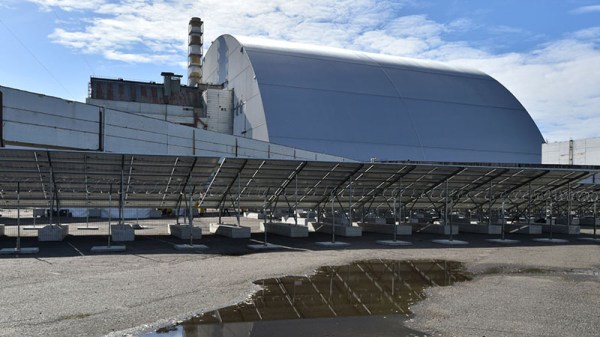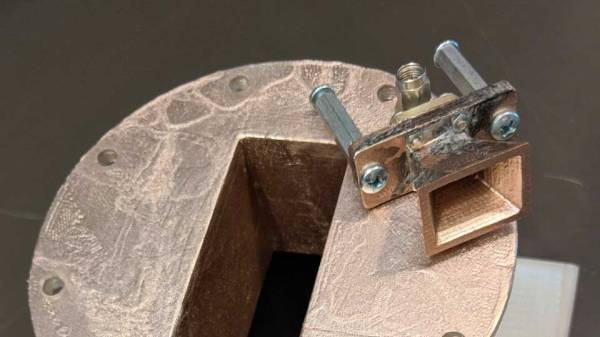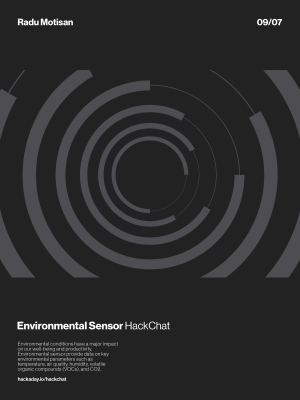When featuring cool hacks repurposing one thing for something else, we prefer to focus on what we could get our hands on and replicate for ourselves. Not this one, though, as nobody else has the misfortune of being responsible for 2,000 square kilometers (772 square miles) of radioactive contaminated land like the government of Ukraine. Trying to make the best of what they have, they’ve just launched a pilot program working to put up solar power farms inside the Chernobyl Exclusion Zone.
This is sure to invite some jokes in the comments section, but the idea has merit. Thirty years of weather has eroded the worst aftermath of the Chernobyl explosion. That area is no longer immediately lethal and people have been making short visits. Spanning from safety inspectors, to scientists, to curious adventurers with questionable judgement making television shows. Supposedly, by following rules on what not to do, it’s possible to keep radiation exposure of a short visit down to the level experienced by frequent fliers. But that’s still too much radiation for long-term stay. That means no homes, office parks, or factories. No agriculture either, as plants and animals grown in the area should not be eaten.
So what’s left? That’s what Ukraine has been struggling with, as it tried to figure out something positive to offset the headaches of monitoring the area.
Well, next to the defunct power plant is the electric distribution infrastructure it used to feed into, and photovoltaic power generation requires little human oversight. Some maintenance will be required, but hopefully someone has worked out how to keep maintenance workers’ cumulative exposure to a minimum. And if this idea pans out, clean renewable energy would start flowing from the site of one of the worst ecological disasters of our era. That makes it a worthwhile hack on a grand scale.
[via Gizmodo]





















